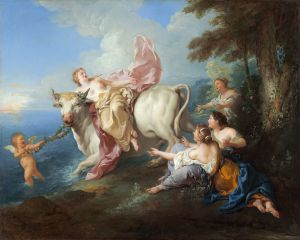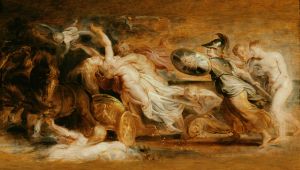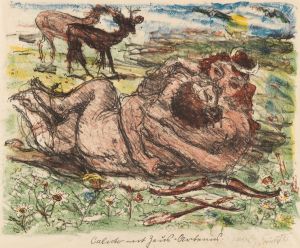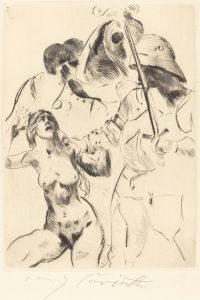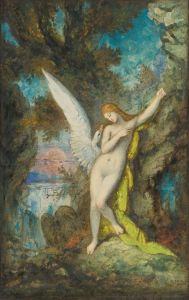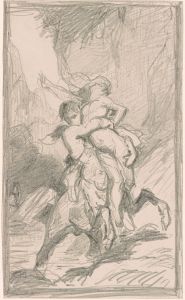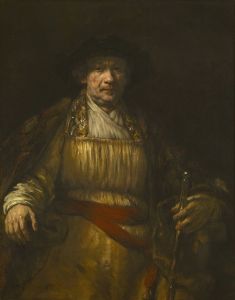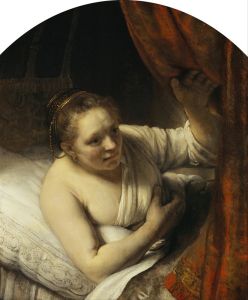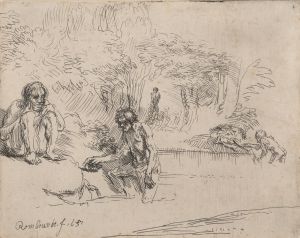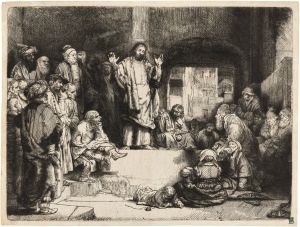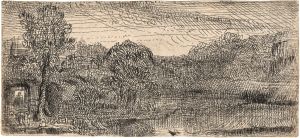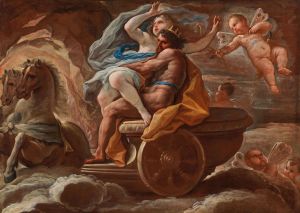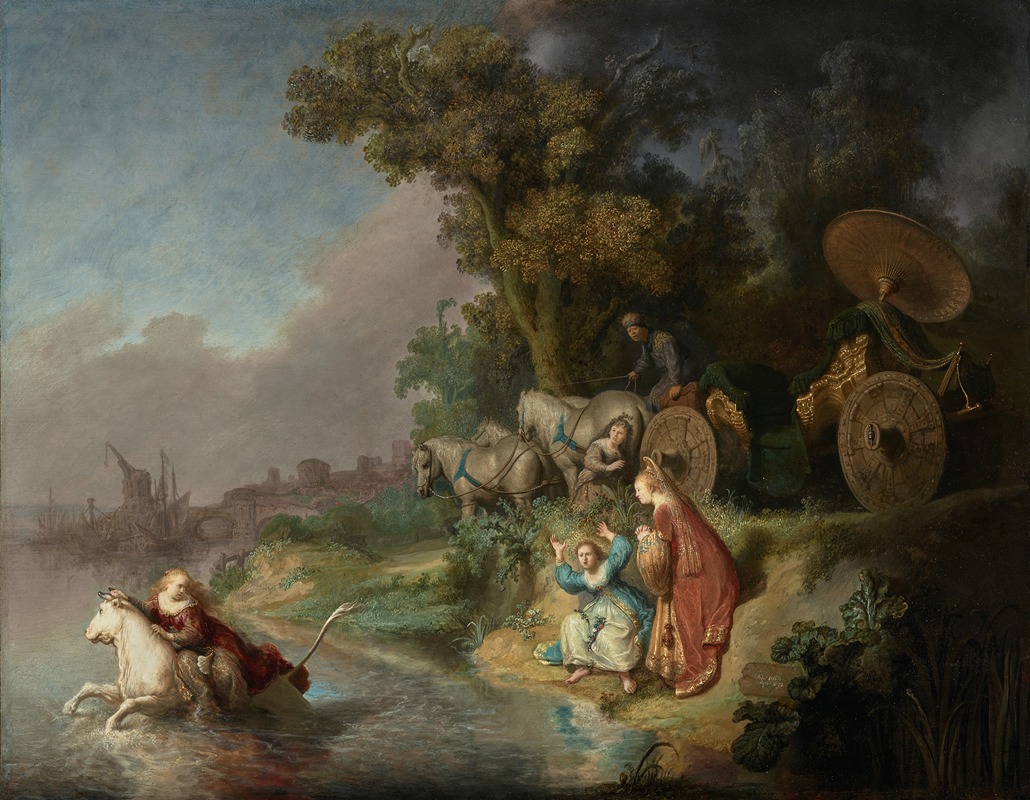
The Abduction of Europa
A hand-painted replica of Rembrandt van Rijn’s masterpiece The Abduction of Europa, meticulously crafted by professional artists to capture the true essence of the original. Each piece is created with museum-quality canvas and rare mineral pigments, carefully painted by experienced artists with delicate brushstrokes and rich, layered colors to perfectly recreate the texture of the original artwork. Unlike machine-printed reproductions, this hand-painted version brings the painting to life, infused with the artist’s emotions and skill in every stroke. Whether for personal collection or home decoration, it instantly elevates the artistic atmosphere of any space.
"The Abduction of Europa" is a painting by the renowned Dutch artist Rembrandt van Rijn, created in 1632. This artwork is a representation of the mythological story of Europa, a Phoenician princess who was abducted by Zeus, the king of the Greek gods. The tale is a popular subject in art and literature, originating from ancient Greek mythology.
In the myth, Zeus becomes enamored with Europa and transforms himself into a tame white bull to approach her. Europa, charmed by the bull's gentle demeanor, climbs onto its back. Zeus then seizes the opportunity to carry her away across the sea to the island of Crete, where he reveals his true identity. The story of Europa's abduction has been interpreted in various ways throughout history, often symbolizing themes of transformation, power, and divine intervention.
Rembrandt's depiction of this mythological event is notable for its dramatic use of light and shadow, a hallmark of his artistic style. The painting captures the moment of Europa's abduction with a dynamic composition that emphasizes movement and emotion. Rembrandt's skillful use of chiaroscuro—the contrast between light and dark—adds depth and intensity to the scene, drawing the viewer's attention to the central figures.
The painting is also significant for its detailed rendering of textures and expressions, showcasing Rembrandt's mastery in capturing human emotion and the subtleties of the natural world. The figures in the painting are rendered with a sense of realism that was innovative for the time, reflecting Rembrandt's keen observation and understanding of human anatomy and expression.
"The Abduction of Europa" is part of a broader tradition of Baroque art, characterized by its emphasis on drama, movement, and emotional intensity. Rembrandt, as one of the leading figures of the Dutch Golden Age, contributed significantly to this artistic movement, and his works are celebrated for their psychological depth and technical brilliance.
This painting is housed in the J. Paul Getty Museum in Los Angeles, California. It is part of the museum's extensive collection of European paintings, which includes works by other masters of the Baroque period. The Getty Museum acquired the painting in 1995, and it has since been an important part of their collection, attracting visitors and scholars interested in Rembrandt's work and Baroque art in general.
"The Abduction of Europa" exemplifies Rembrandt's ability to convey complex narratives through his art, combining mythological themes with his unique artistic vision. The painting remains a testament to Rembrandt's enduring legacy as one of the greatest painters in Western art history.





